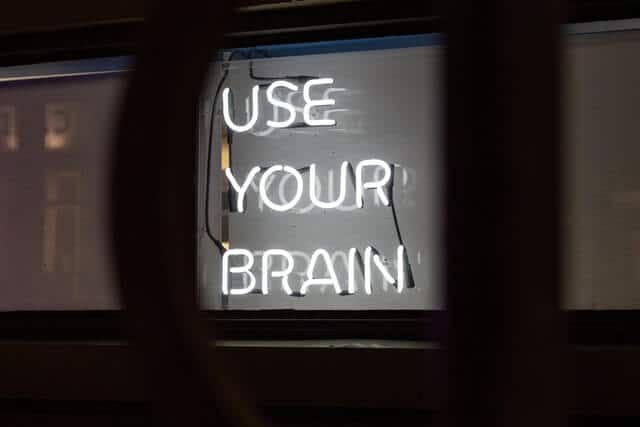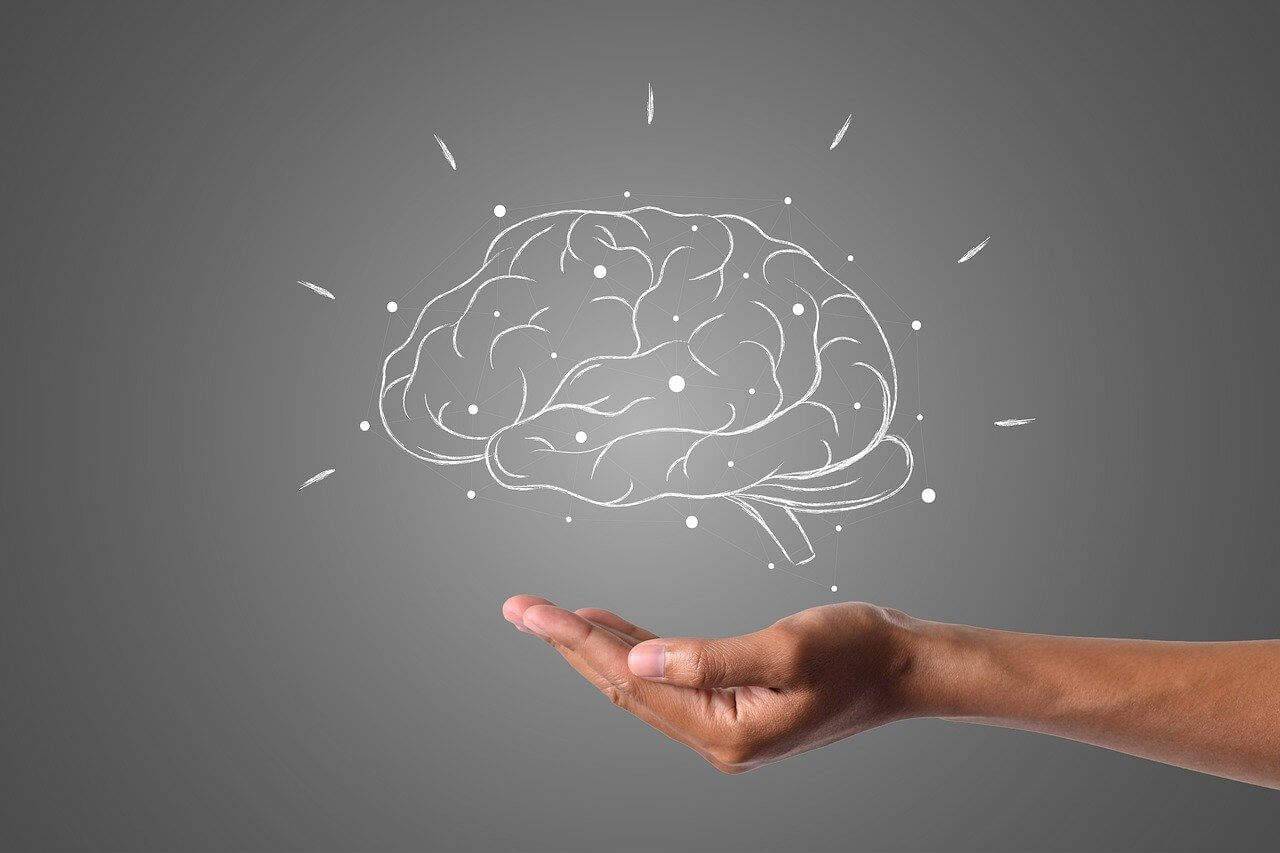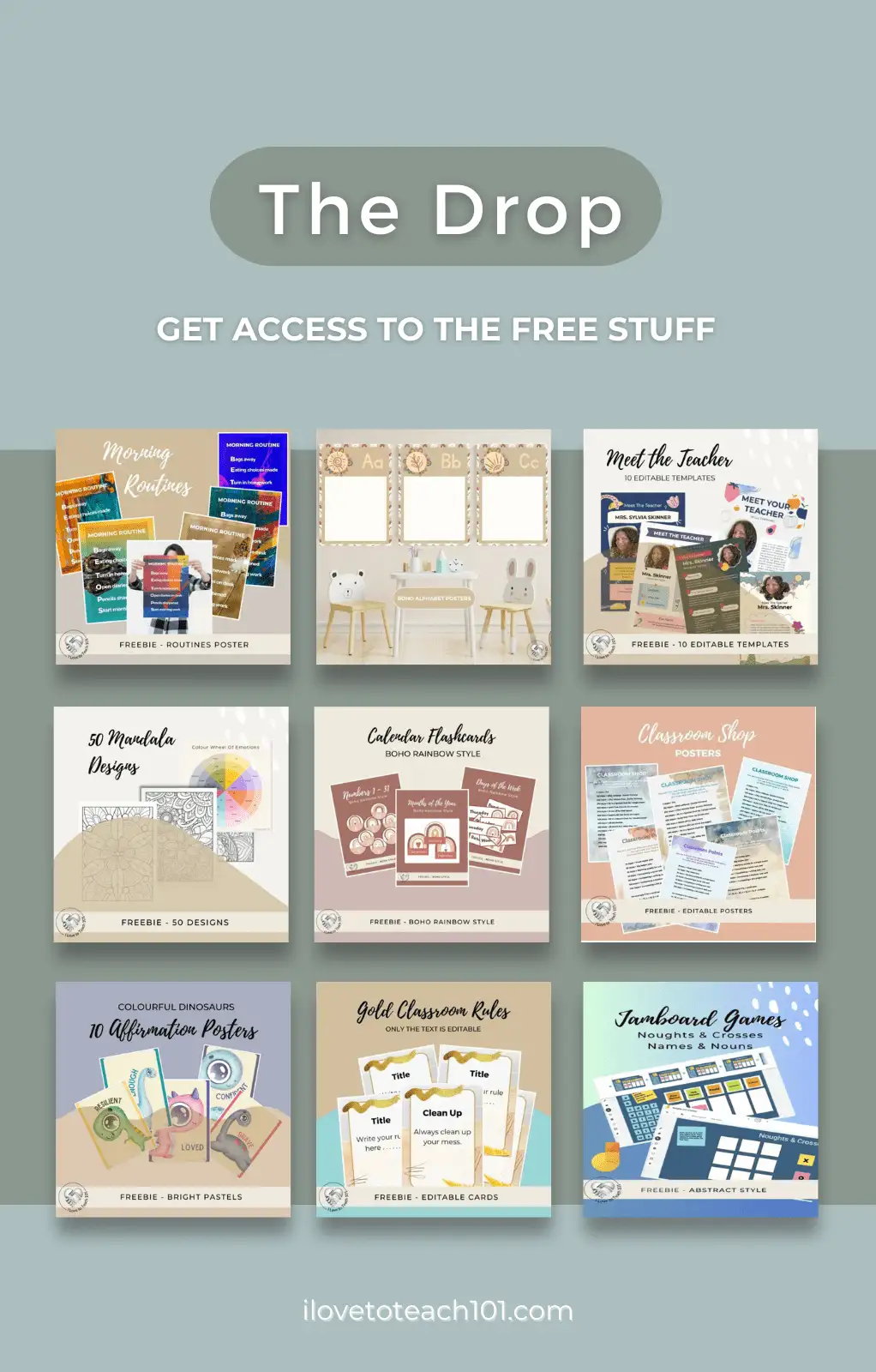
Learn to use your brain or lose it!
Students often say ‘I can’t do this. I have no brains!’.
My response is ‘We all have one, you just need to learn to use your brain or lose it’.
Or ‘We all have brains – it’s just that some use it more than others’.
Try it, you will be surprised how it stops them in their tracks. It changes their thinking and empowers them as learners. Which is what we’re all about – yes?!
One thing about our brain is very clear: our total possible brain power is far beyond what we use day to day.
MRI and other brain studies reveal a person with average intelligence probably uses about 2-3% of the total neural network in which conscious thought appears to occur.
A so-called smart student might use about 4-5%. A real genius, a genuinely original thinker – an Einstein figure – still only uses less than 10%.
While that’s up to 2 or 3 times more activity in some, it’s still only a very small fraction of our potentiality. To use your brain more may just mean using more of your brain!
Yes, we’ve all got one, but how much of it do we put to good use?
“If knowledge is power, then so is the brain. Brain power is not something that should decline over the years. You should exercise your brain daily to improve your cognitive abilities and gain knowledge about different things, ideas and experiences.” Jessly, guest writer on Learning Mind.
Start by encouraging your students to reject the trash and starting to think for themselves. There is some psychology to using the brain more.
First step is often to stop wrong thoughts – drop silly negatives. Of course we all have a brain, else we’d not be human.
Secondly, stop listening to those who say the stupid things that feed into wrong thoughts.
Third, listen to the truth: you are fully human and have a brain that is far more powerful than you know.
Fourth, don’t just passively suck up the trash that others feed you. You must see, and hear, and appreciate things for yourself. Stop just depending on other’s views, and start to build your own appreciation of the world around you. Change from the passive mind to the active. You have a brain use it.
Montessori may have been right about the mind being absorbent, but passive learning is simply not enough for healthy development.
The 6 D’s framework helps students to open their thinking so they can think for themselves. Use your brain or lose it is a real possibility. Notice how many students lack writing and reading skills due to using too much technology. Some can’t even hold a pencil in High school. Reading one page from a magazine is just too difficult. Try using the 6 D’s –
Define the issue to be solved.
Discover all possibilities of the issue through mind mapping.
Dream up ideas to the solution. Get students to roleplay or imagine.
Design an instruction manual in pairs that gives the solution.
Deliver the solution to the class in the form of a news cast. If it doesn’t work rinse and repeat. Remind students Edison never gave up when he tested his light bulb theory.
Debrief and share outcomes with another class or group of students so they can solidify what they have learnt.

Encourage students to share their experiences. Not just show and tells but real conversation about things that matter as well as the curriculum activities.
Use your brain or lose it is genuinely a real possibility. So get students to verbalise their experiences to reinforce their knowledge and convictions.
Actively engaging with the things around us is one thing. Sharing it with others goes further, it develops vocabulary, expression, and other elements of good communication.
It engages social skills through positive interacting, to use your brain and not lose it, creates change in the world around us. Quickly you find this sharing leads to more active thinking: to review, to analysis, to evolving options, and to re-synthesis as we accommodate other’s experiences.
It leads to assessment and to back-integrating what others share with our own ideas, thus developing something that is fresh, and greater than before.
Using all our senses better is one pathway to train you to use your brain. You don’t just need facts/information.
We all need to assimilate and assess heaps of other sensations too. But not just for feelings’ sake, not for the mere sensationalism of subjective experience.
There’s already too much of that around and it tends to drag us back to the passive. Important as they are in our total experience, mere feelings are not the best lead-in using your brain more. You must be truly sensible, using all the senses objectively.
You’ll find that making good objective use of the brain doesn’t have a merely mechanical result in a ‘swollen head’, it causes huge personal growth. We just keep on becoming better and better at intelligent living in every realm.

Each month we add at least one FREE teacher resource exclusively for ILTT members.
To access now, join ILTT today!
Membership is free and you can unsubscribe anytime.